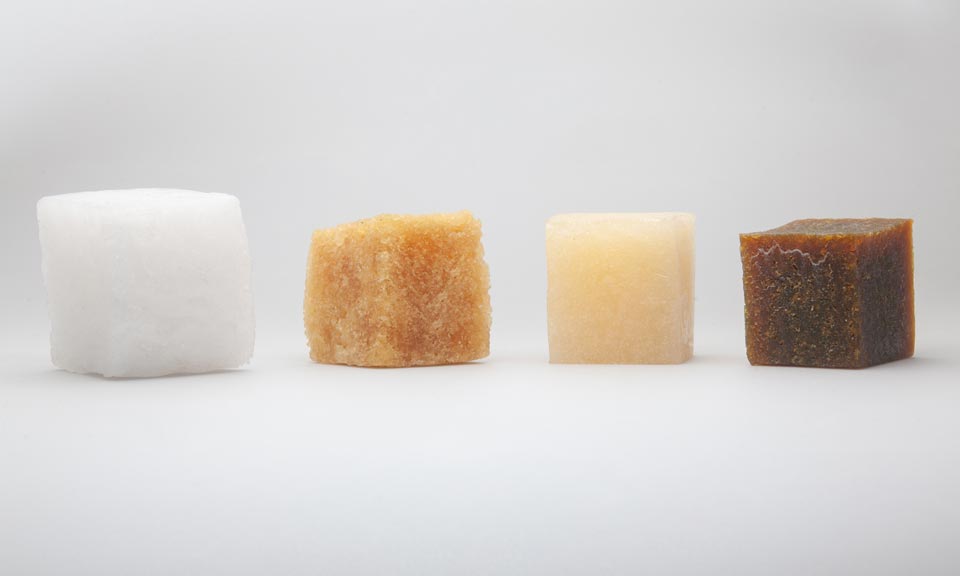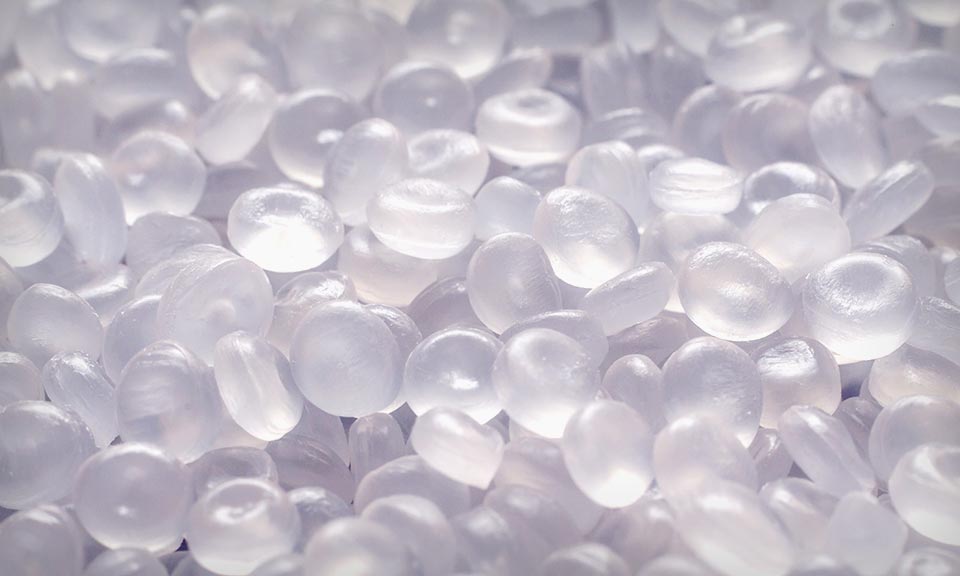Commodities 2023: Despite gloomy outlook, global butadiene demand seen turning corner in H1

Global butadiene demand is likely to turn the corner in the first half of 2023, with prices seen rising and export opportunities to the US set to emerge despite nagging fears of a recession.
Butadiene prices globally have been depressed in 2022 amid global economic headwinds, but plant turnarounds in the US -- which would trigger export opportunities from Europe to the US -- as well as limited outflows from Asia may buttress the case for more resilient demand in 2023.
In the US, two large butadiene producers plan to shut for turnarounds in Q1 while a third key producer is expected to be out of the market in Q2, limiting the availability of product in the region.
"There are some supply issues in the US so that means there is an outlet for European cargoes to go to the US in Q1. I think everybody is expecting the first half of the year to be much more depressed and gradually become better in the second half. It will be correlated to the economy," a butadiene producer in Europe said.
European export prices crashed towards the end of 2022, as sellers desperately looked to other regions to place excess volumes.
With the arbitrage wide open to the US as the new year starts, traders will be keeping a close eye on export opportunities due to the planned turnarounds.
The US is expected to receive more imports from Asia, Europe as well as Brazil, a frequent exporter to the US. Since 2021, the US has seen a heavy influx of Brazilian, European and Asian cargoes, filling supply gaps in the domestic market, especially when domestic producers had limited availability due to turnarounds and maintenances.
However, US butadiene import prices are expected to be capped by limited domestic consumption and wide international supply in the first half of 2023, as well as lower feedstock costs.
"Everything is really slow right now. I'm betting the spot will follow the contract price soon. I think the demand is picking up a little bit on the C4 side though," said a market player in the US.
"Turnarounds may result in an increase in demand for local C4 as I've had a few parties looking to purchase for the upcoming months," the source said, adding the price may see an uptrend if supply becomes an issue in the near future.
In Europe, the supply and demand imbalance is expected to continue for most of H1 despite producers operating at reduced rates, as downstream demand continues to underperform in the region.
In Asia, market participants expect overall supplies to remain heavy despite expected lower steam cracker operations, as new butadiene plants are due to start up in Asia in H1.
An interest to move cargoes to the US may remain in H1 in Asia, but lower steam cracker operations, as well as high freight costs may limit such opportunities.
Despite the positive cues, downstream players in Europe witnessed demand for key butadiene derivative -- such as SBR, ABS and adiponitrile -- decline across the final quarter of 2022, as recessionary fears across Europe pushed consumers to cut down on purchases of discretionary and high-ticket items, while high input costs stemming from Europe's energy crisis impacted the competitiveness of derivatives produced in the continent.
And without an imminent solution to deal with Europe's energy needs, the picture remains gloomy for the downstream market.
In the US, sources believe the market activity in Q2 2023 will depend on the renewal of consumer interest.
"If the market continues tracking lower and producers return from their maintenances, supply will be more than sufficient making prices drop again," a regional trader said.
Spot demand in Asia may pick up at the start of next year as cracker owners rush to fill supplies.
Asian steam cracker owners were heard planning to keep operations lower for 2023 -- possibly an average of 70%-80% -- which would likely limit spot exports from key producers, such as South Korea.
"Because of planned operating rate cut, the producers do not have much export quantity as they need to supply their local customers," said a market source in Asia.
However, market sources said such demand in Asia would likely fade away quickly as China's buying appetite would remain scarce, in line with planned butadiene plant startups.
Market participants are also closely monitoring possible butadiene demand from China following the inauguration of a new 400,000 mt/year ADN, plant by Invista in Shanghai.
Butadiene is a key feedstock for ADN, which is further processed to produce nylon 6,6.
Market sources, however, said it is still unclear whether the new plant would run at full capacity as demand outlook for nylon 6,6 for auto-used airbags is seen depressed amid lower automobile factory operations in Asia.
Demand recovery in Asia also depends on China's COVID-19 regulations, as easing policy would help boost economic activities, which, consequently, would push chemical demand.
News
Geopolitical pressures — including rising resource nationalism and a year in which over 50% of countries will be having elections — as well as inflationary pressures have sent energy transition progress into “discord.” A specialty chemicals panel session held March 19 at the World Petrochemical Conference by S&P Global in Houston, Texas, tracked the challenges and opportunities of the energy transition for the industry. Speaking at the session, Roman Kramarchuk, head of climate markets and policy analytics at S&P Global Commodity Insights, said that if the short-term scenario continues, global temperatures could rise 2.4 degrees Celsius by 2100, far above the Paris Agreement’s goal of a 1.4-degree increase. “Over the past few years, we’ve certainly been trending more towards our ‘discord’ scenario,” Kramarchuk said. “We’re trending toward a longer runway for fossil fuels and less [greenhouse gas (GHG)] emission reductions. This is a case of less GDP growth, less trade and less technology transfer.” Since 1990, world GHG emissions have grown 45%, with mainland China, India and the Middle East representing the biggest increases in emissions, at 304%, 241% and 181%, respectively. Over the last 25 years, the Commonwealth of Independent States and the EU have cut their emissions the most, with decreases of 39% and 31%, respectively. The US has cut emissions 1% since 1990. Of S&P Global Commodity Insights’ three energy and climate scenarios, only one, “green rules,” has global temperatures near the Paris Agreement’s 1.5-degree goa, with an expected increase of 1.7-degrees Celsius by 2100l. The “green rules” scenario, however, assumes more technology transfer, cooperation and policy-driven outcomes than is currently happening. “2030 is not that far away,” Kramarchuk said, “and when you think about what the energy transition will take, solar panels can be constructed fast, but anything beyond that — like an onshore or offshore wind plant or a nuclear unit — we’re getting into lead times of 5, 10, or 20 years.” While the US Inflation Reduction Act has helped speed these transformational energy products along, there are still a lot of slowdowns in permitting, especially in Europe. “We joke that there needs to be a ‘Complexity Reduction Act’ in Europe to move things forward,” Kramarchuk said. Harald Schwager, deputy chairman of Evonik Industries AG’s executive board, added that companies are stuck in a hard place. Evonik has signed power purchase agreements (PPAs) to be powered fully by renewable energy by 2030. “The question will be, will production capacity be hampered by the regulatory process and will we have sufficient infrastructure in place to transport enough renewable power for site demand by then,” Schwager said. Distant peaks Commodity Insights’ energy and climate base case pegs the peak years for coal, oil and gas demand to be 2022, around 2030 and 2040, respectively. “When there is a surprise need for energy,” Kramarchuk said, pointing toward the COVID-19 pandemic and a drought in China, which caused a boost in coal usage, “fossil fuels fill that need.” However, “there’s more investment in renewable capacity than we’re seeing in upstream oil and gas,” Kramarchuk said. Under all scenarios, renewable electricity will be the lion’s share of newly generated energy sourcing. Rebecca Liebert, president and CEO of Lubrizol Corp., said that it is the duty of specialty chemical producers to be agile and proactive in bringing innovative and more sustainable products to market. “Political and technical factors are all things we must account for in our bring-to-market timelines. And we get it right a lot of times, but we get it wrong some of the time. Sometimes you get to market before the market is ready for your product. And I think that’s great, to have a solution on the shelf as the market comes along.” Schwager agreed: “In the specialty chemical industry, we have more good ideas than we have money. And there’s no regret on moves for improved efficiency.” While there has been little movement on target setting and market-based mechanisms for growing renewable energy, COP28’s first global stocktake committee called for “countries to contribute to triple global renewable energy capacity and double global energy efficiency by 2030.” “Even though we are heading for the discord path right now, with all the technology solutions and innovation pushes, we’ll be shooting up ahead towards the ‘green rules’ scenario in the long-term,” Kramarchuk concluded. This article was first published in chemweek.com .

News
Two NGOs appealing against permits Initial plan was to start end of 2023 BASF is facing a delay of the operational start of its newly built precursor cathode active materials (pCAM) plant in Finland due to two non-governmental organizations (NGOs) appealing against already-granted permits, a spokesperson for the German petrochemicals company confirmed to S&P Global Commodity Insights Feb. 27. BASF initially aimed to start commercial production at the Harjavalta plant at the end of last year. “The necessary permit to operate this plant has been granted last year by the relevant authorities,” the spokesperson said. “However, two NGOs have filed an appeal against the already granted permit. Next steps and timing will depend on the furtherance of the judicial process before the Vaasa Administrative Court,” said the spokesperson. The pCAM plant will use renewable energy resources, including hydro, wind and biomass-based power and will be supplied with nickel and cobalt from Nornickel’s adjacent refinery. The plant is part of BASF’s plan to supply the battery industry and subsequently automotive industry with lower carbon emission cathode active material. Platts, part of S&P Global Commodity Insights, assessed cobalt metal in-warehouse Rotterdam at $15/lb on Feb. 26, stable from the previous assessment Feb. 23, while the nickel-cobalt black mass EXW Europe payables was at 54% Feb. 26, also stable.

News
The petrochemical landscape has been transformed in recent years by new technologies and the global energy transition, resulting in numerous production pathways and the development of more sustainable products. S&P Global Commodity Insights has created Chemical Connections , an interactive chart which shows the links between chemicals, from upstream feedstocks to derivative products. The second slide offers a map showing our price assessments and benchmarks for chemicals across the value chain around the world. These prices are used by market participants daily to write contracts, monitor their markets and achieve full transparency around transactions.